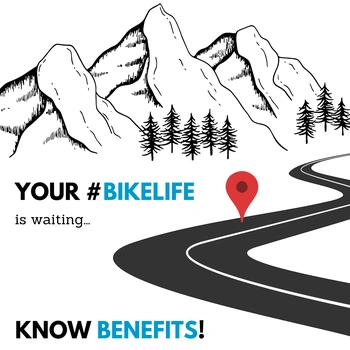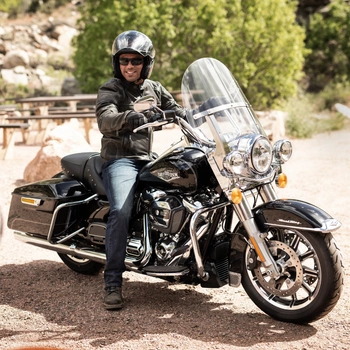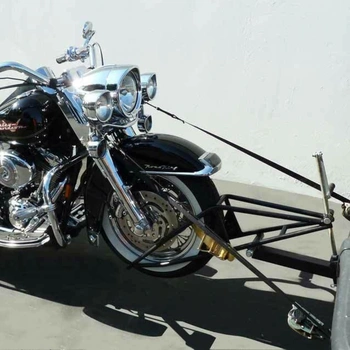
While riding a motorcycle, it’s very important to stay relaxed and comfortable. Your body posture while riding is a major point in making your ride more comfortable and in gaining better control over the position of your motorcycle. Your riding body posture is dependent on not only how you seat on the bike but also on the designing of the bike. Irrespective of the number of bike models, there are basically three motorcycle-riding body postures i.e, standard, cruiser and sports. In the blog, we have discussed all of the stated motorcycle riding positions.
The Standard Riding Body Position

From the name of this body posture, this is the most basic and comfortable body position for riders. The standard riding position is also known as Neutral riding position. In this motorcycle riding position, riders sit with their body straight and back upright. The arms comfortably rest on the grips and are comfortably extended. The shoulders are slightly pushed back and elbows remain slightly bent and relaxed. Coming to the position of legs while riding in standard body position, the knees rest against the tank and the feet make an approximate 90-degree angle on the footpegs.
The knees are bent at a height which is a bit lower than the hips. Overall in this position, the rider isn’t leaning forward nor pushed back. Seating with back upright reduces pain in the upper back area and neck while riding. Also, in standard body posture, the visibility increases which means the seat height will riding increases, thus helping riders who have short legs. While riding the motorcycle, the wind resistance may also increase due to upright body posture. This position gives more control to the rider and is quiet popular riding posture among dual and touring bike riders.
The Cruiser Riding Body Position

Cruisers generally have a higher handlebar and the cruiser riding position gives the option to comfortably stretch out the legs more than the earlier discussed Standard riding position. In the cruiser riding position, the rider’s body is slightly inclined to the back and arms more extended than other motorcycle riding body postures. In this posture, the elbows should still be bent and often to reach the handlebar, some riders overextend the arm, causing muscle stiffness and shoulder pain.
Totally straightening out the legs should be avoided and with additional footpeg accessories, the leg position can be controlled. Ideally in this position, the feet should be forward of the knees while resting on the footpeg. Additionally, you can install highway pegs on a standard motorcycle to get a bit of more leg stretch especially when your body is positioned for long rides.
The Sports Riding Body Position

This body positioning is required for sports biking where the rider is slightly leaned forward with the upper body leaned in front of the hips. With keeping the focus on the chest, the rider should lean from the chest instead of with the back so as to avoid back problems. Legs and back muscles keep support for the weight on the upper torso while the stomach rests against the motorcycle tank.
Knees are bent against the tank and behind the knees, the feet rest on the footpeg. For experiencing the least amount of wind resistance, this sport riding position is aerodynamically superior to other motorcycle riding styles. Sportbikes like Ducati, Kawasaki Ninja and Yamaha employ sport riding positioning.






